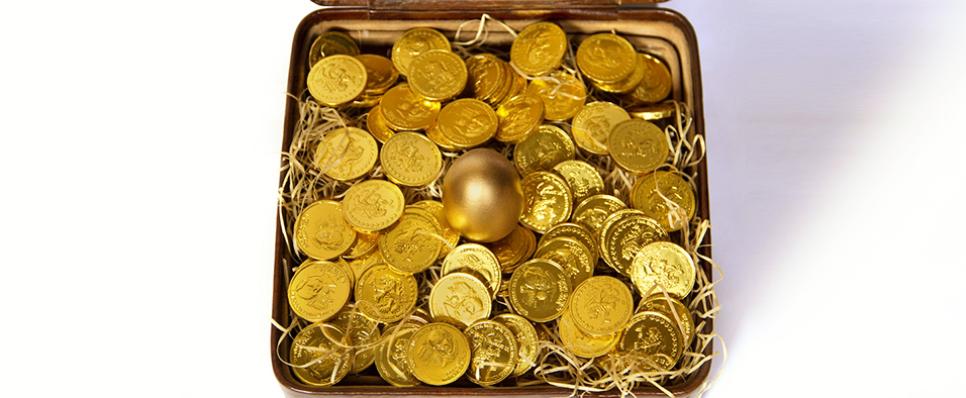Published: 28 Aug 2017
Gold coins from the British era

Unlike ancient times, modern India heavily depends on notes and ‘plastic money’ with a trifling usage of coins. However, the ancient era tells a different story; coins were a means of trade and were issued and used extensively by the ruling dynasties. It is believed that coins first originated in the sixth century BC and were crafted from shells and various metals. As dynasties amassed wealth, they began to issue coins made of gold. This continued until the 17th century when East India Company stepped on Indian soil. The coins issued during the British-Raj are categorized into two periods, East India Company’s (EIC) coins which were issued in the pre-1835 period, and the later period when India was under the direct authority of the British Crown, the Imperial era
The EIC formed its colonies in different cities which were known as the ‘Presidencies’, such as Madras Presidency, Bombay Presidency and Bengal (Kolkata) Presidency. The EIC issued different coins for each of its Presidencies. The coins issued in Bombay featured a heart-shaped bale mark with a weighing scale on the reverse side. These coins are an example of the superior craftsmanship used for creating these coins. that created the requisite patterns on the unblemished surfaces.
In 1857-58, as the power in British-India changed hands from EIC to the British Crown, uniform coins were issued in all the territories under their rule. This was the Imperial era. The Crown issued several coins that depicted the portrait of the ruling British Kings and Queens mainly that of Queen Victoria on the obverse side. In 1862, the first gold coin was embossed with Queen Victoria’s crowned bust; this was called one Mohur (Gold Coin). The coins weighing 11.66 grams or one “Tola” with 0.9167 fineness (similar to the gold coins issued by EIC) were circulated in the Indian trade. Mohur’s value was equivalent to fifteen silver rupees. However, due to their low mintage, the Mohur was scarce compared with the other metal coins.
Along with her image, coins were engraved with the words “Queen Victoria”. This changed in 1876 when Queen Victoria took the title ‘Empress of India’ and from then on coins featured the words “Victoria Empress”.
The gold coins with Queen Victoria are still widely used in jewellery as a pendant or in necklaces, mainly in the South India. The Indo-British era gold coins will always hold a significant place in the coinages of India.











